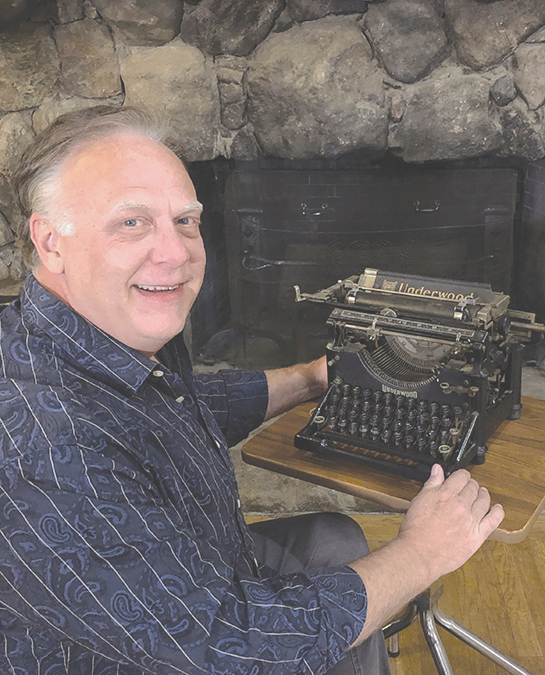More on the Ancient Grove
In 2016, I visited Sunland Park to conduct a survey of the grove of oaks. A fact had
come to light as to why this little forest flourished there. As rainwater drains down from the heights of Tujunga it sinks below the surface and, through circumstances of geology, a portion becomes captive in a small subterranean lake beneath the park. For this reason, for some untold millennia, a grove of mighty oaks has likely dominated this zone and drunk from this underground pool.
There is no proof of such, but it’s hard to imagine the indigenous peoples of the Tongva village of Tujunga (located today in Lake View Terrace) didn’t congregate there to gather the many acorns they required to sustain themselves, acorns being one of their crucial food sources.
Once westerners began to arrive in the late 1700s and discovered this special grove stories began to be written. It’s fabled to have hosted many Spanish gatherings for much merry-making. The shade provided a cool respite from the blaring summer heat. Later, the señoritas laughed as they related the many quests that had taken place in the shadows of the old trees.
During the Mexican period, in 1840, what is today Sunland Park was included in a land grant to two brothers, Francisco and Pedro Lopez. Their new land holdings, then called Rancho Tujunga, was 6,661 acres in size and encompassed today’s communities of Sunland-Tujunga, Shadow Hills and a portion of Lake View Terrace. The brothers built a small adobe just three miles northwest of the small grove and all was quiet there for a time.
As I made my way from trunk to trunk mapping the position and measuring the circumference of each oak tree what quickly became obvious was that many of the trees were not oaks. (More on that in a bit.) The number of oak trees I noted in the park that day was 64. Of that number, there were three of special note. (More on that in a bit as well.)
In 1862, Abraham Lincoln put his thumbprint on the development of this community by first signing into law the Homestead Act and just months later the Pacific Railway Act. This paved the way for those in the east to travel west on the transcontinental railway, extended to Los Angeles in 1876, and gave folks a great reason to come here: the promise of free lands and opportunity.
The homesteaders were the first to arrive in numbers to Rancho Tujunga and they took up residence where they had access to water. In addition to the homesteaders, another group here in the early 1880s were hunters. Bear hunters, deer hunters, hunters of fowl and more. During this time, two men arrived at the edge of the ancient grove of oaks and stepped in. This was Felix Howes and Sherman Page, two arrivals from the east that were about to make their mark.
More on the surprising deeds of this duo in two weeks.
In 1926, Sunland was annexed into the city of Los Angeles. Prior to this, William Mulholland himself spoke out against the annexation, claiming the city could ill afford to add communities that could not provide enough water to serve their own needs. With this in mind, after the annexation deep wells were sunk near the park. The late great local historian Lloyd Hitt expressed his belief that many oaks of the ancient grove withered and died at this time and alternate species were planted in the following years.
My survey revealed the three oldest surviving oak trees – approximately 228, 223 and 185 years old respectively. This means the eldest was a sapling when the last acorns were possibly gathered by some of the last Tongva natives ever to do so. The most ancient oak is across the street from the post office right where Sherman Grove Avenue intersects with Fenwick Street.

